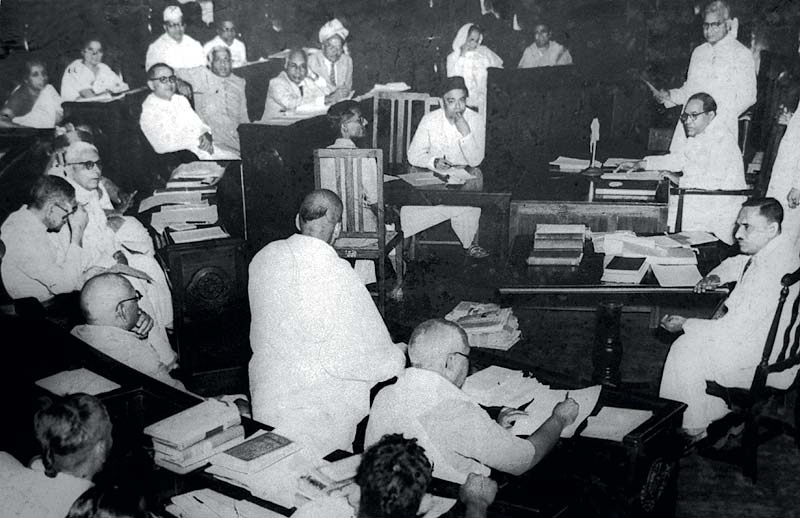
By S.N. Sahu
Over time, untouchability, contempt for those relegated to the lower end of the traditional caste hierarchy and the violent targeting of minorities have all come to be defended in the name of Sanatan. Recent events in the Supreme Court underscore how caste-based contempt and ideological aggression can manifest in alarming ways. The actions of advocate Rakesh Kishore, who recently hurled a shoe at Chief Justice of India B.R. Gavai (he missed his mark) need to be seen as part of that pattern.
Kishore also shouted at the bench, “Sanatan Dharma ka apman nahin sahega Hindustan” (Hindustan won’t tolerate insulting Sanatan Dharma), showing that caste-based contempt doesn’t just endure but, regardless of social or economic standing, can be brazenly expressed. Even a practicing advocate can willfully, criminally disregard the apex court and the chief justice to assert his grievance in the name of ‘Sanatan Dharma’.
Even more chilling was Kishore’s later defence of his actions, without a modicum of remorse, that was telecast on television channels. He was utterly unmindful of the large-heartedness with which the court and the CJI let him off the hook. All the more distressing was his celebration as a hero in the Hindutva ecosystem, which claims to take pride in Sanatan Dharma, even as it is openly weaponised to target rivals, dissenters, perceived opponents and those of other faiths. This response illustrates how ideological narratives can embolden individuals to act against the constitution and legal and moral norms.
When prime minister defended Sanatan
While campaigning for the 2024 general election in Gaya, Bihar, Prime Minister Narendra Modi, a leader forged in the Hindutva crucible, had appealed for votes by targeting opponents of his ideology. At a time when protecting the constitution had become a major electoral issue and voters – including those from Dalit and Muslim communities – had rallied behind the cause. Then, Modi had advanced the preposterous argument that a great constitution could be drafted by Dr B.R. Ambedkar, the chair of the drafting committee of the constituent assembly, because “80% or 90%” of its members were Sanatani, who had supported him. By emphasising the Sanatani majority, he elevated one religious identity while marginalising the contributions of followers of Islam, Christianity and other belief systems in the assembly.
The Hindutva ecosystem is nourished on such valourising statements, which is why advocate Kishore’s shoe-flinging should not be seen in isolation.
This story was originally published in thewire.in. Read the full story here.

